U.S. News
20 Grocery Items That May Disappear Under RFK Jr.’s Food Dye Ban
By Jake Beardslee · June 6, 2025

20 Grocery Items That May Disappear Under RFK Jr.’s Food Dye Ban
In April 2025, U.S. Health and Human Services Secretary Robert F. Kennedy Jr. announced a plan to phase out seven synthetic food dyes by the end of 2026. These dyes—Red 3, Red 40, Yellow 5, Yellow 6, Blue 1, Blue 2, and Green 3—are commonly found in a variety of popular food products. The move aims to address health concerns, particularly the potential behavioral effects in children, that some studies have associated with these additives.Here's a detailed look at 20 everyday grocery items that may be impacted by the ban. Jack Gruber / USA TODAY NETWORK via Imagn Images

“We’re Gonna Get Rid of the Dyes”: Kennedy Targets 7 Synthetic Colors
“I want to commend food companies for working with us to achieve this,” said Kennedy in April, referencing a March meeting with major food corporations including PepsiCo, General Mills, Tyson Foods, Kraft, Heinz, and Kellogg’s. “We’re gonna get rid of the dyes and one by one we’re going to get rid of every ingredient we can legally address.” Nicole Hester / The Tennessean / USA TODAY NETWORK via Imagn Images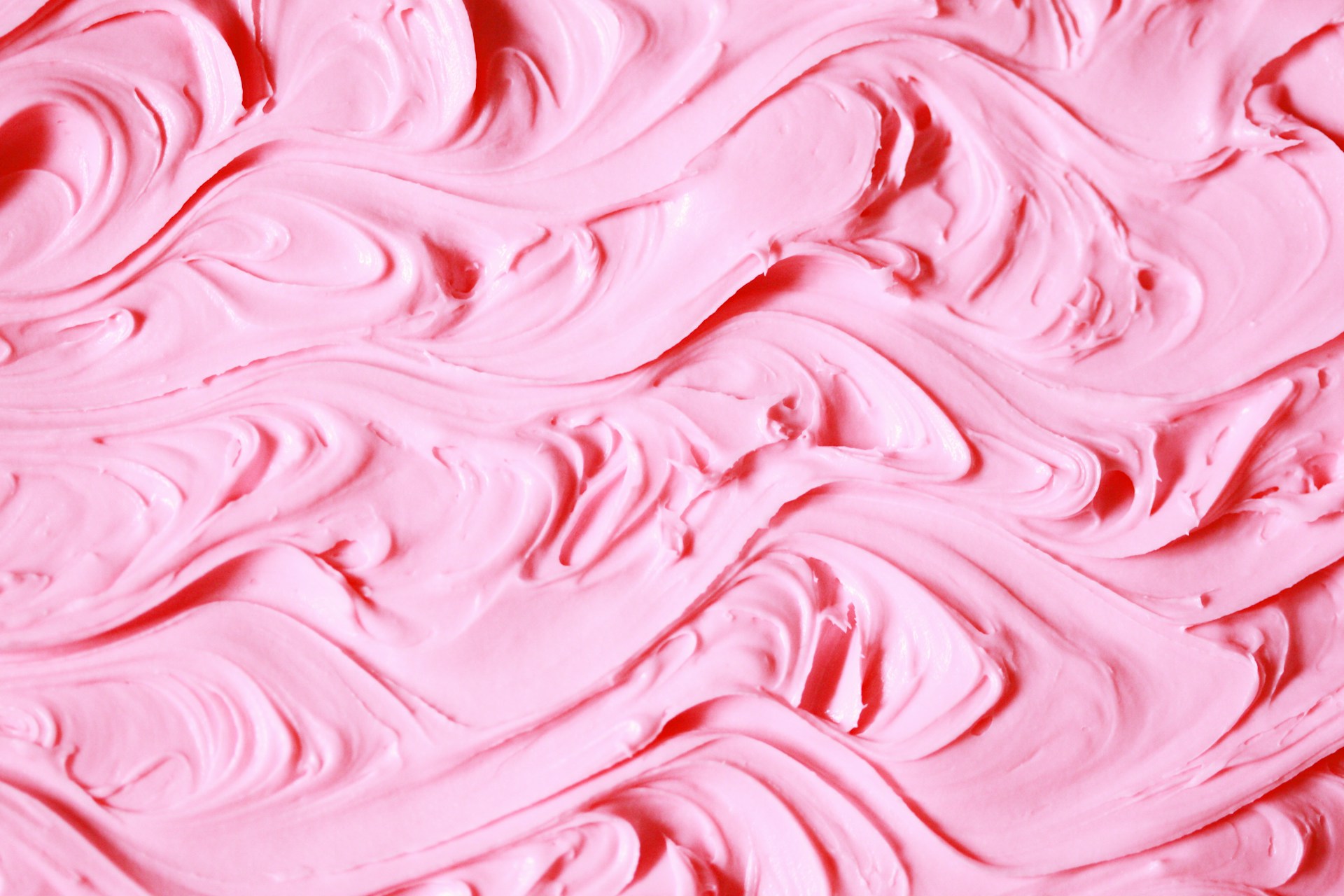
Colorful Frostings
These frostings achieve their bright hues through synthetic dyes such as Blue 1, Red 40, and Yellow 5. The impending ban may require reformulation using natural colorants. If the new versions don't satisfy consumers, these frostings could be discontinued. Alexander Grey / Unsplash
Fruit-Flavored Yogurts
These yogurts often contain synthetic dyes like Red 40 and Blue 1 to enhance their appearance. With these dyes under scrutiny, producers may need to reformulate using natural colorants. If consumers reject the changes, these yogurts might vanish from store shelves. J. Kelly Brito / Pexels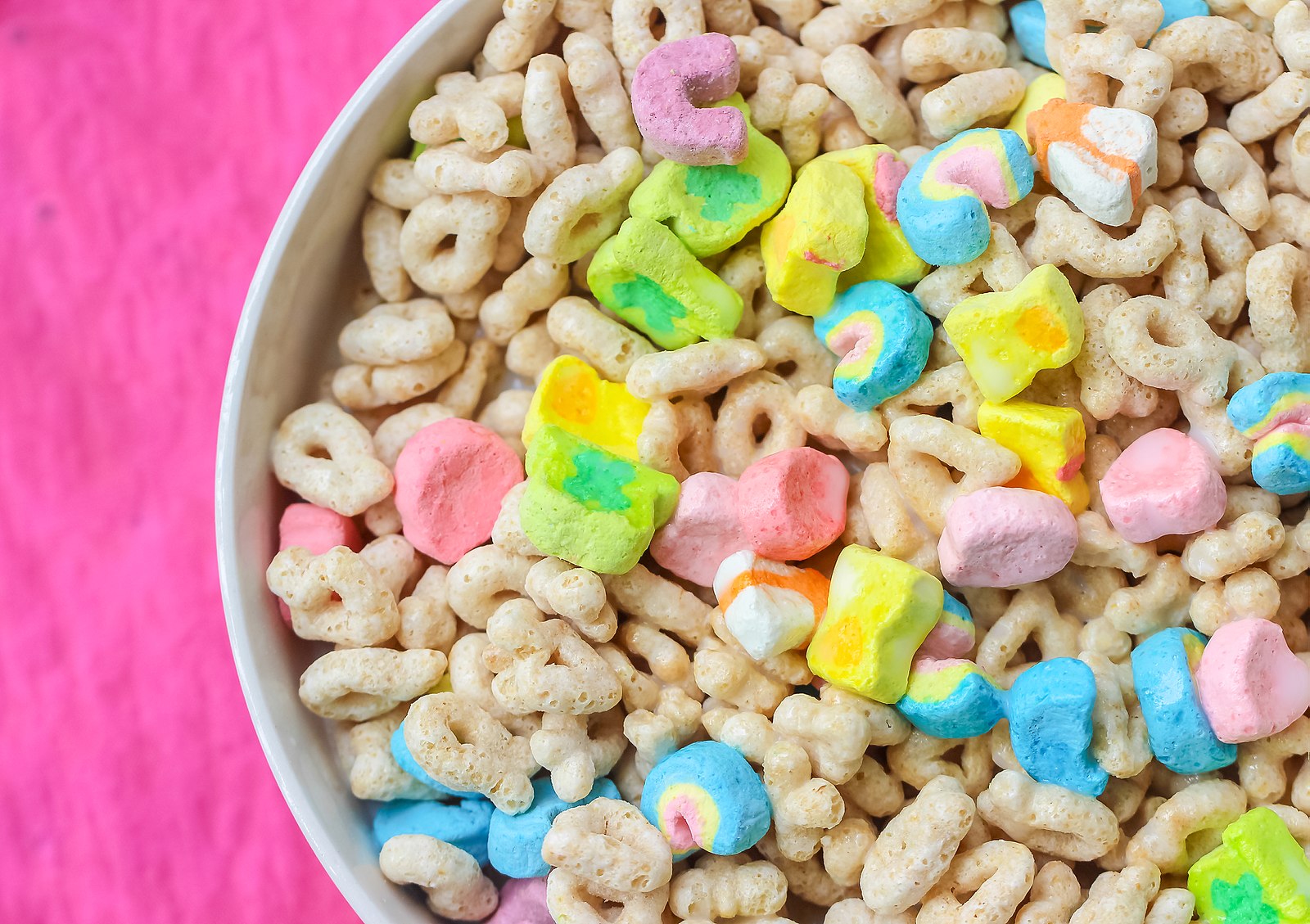
Colorful Marshmallow Cereals
These cereals use synthetic dyes like Red 40, Yellow 5, and Blue 1 to color their marshmallow pieces. The ban on these dyes may necessitate reformulation with natural alternatives. If the new versions don't appeal to consumers, these cereals could be pulled from the market. Sarah Mahala Photography & Makeup Artistry / Wikimedia
Colorful Ice Pops
These ice pops achieve their bright colors through synthetic dyes such as Red 40, Yellow 5, and Blue 1. The impending ban may require reformulation using natural colorants. If the new versions don't satisfy consumers, these ice pops could disappear from shelves. Motion_vfx_tlx / Pixabay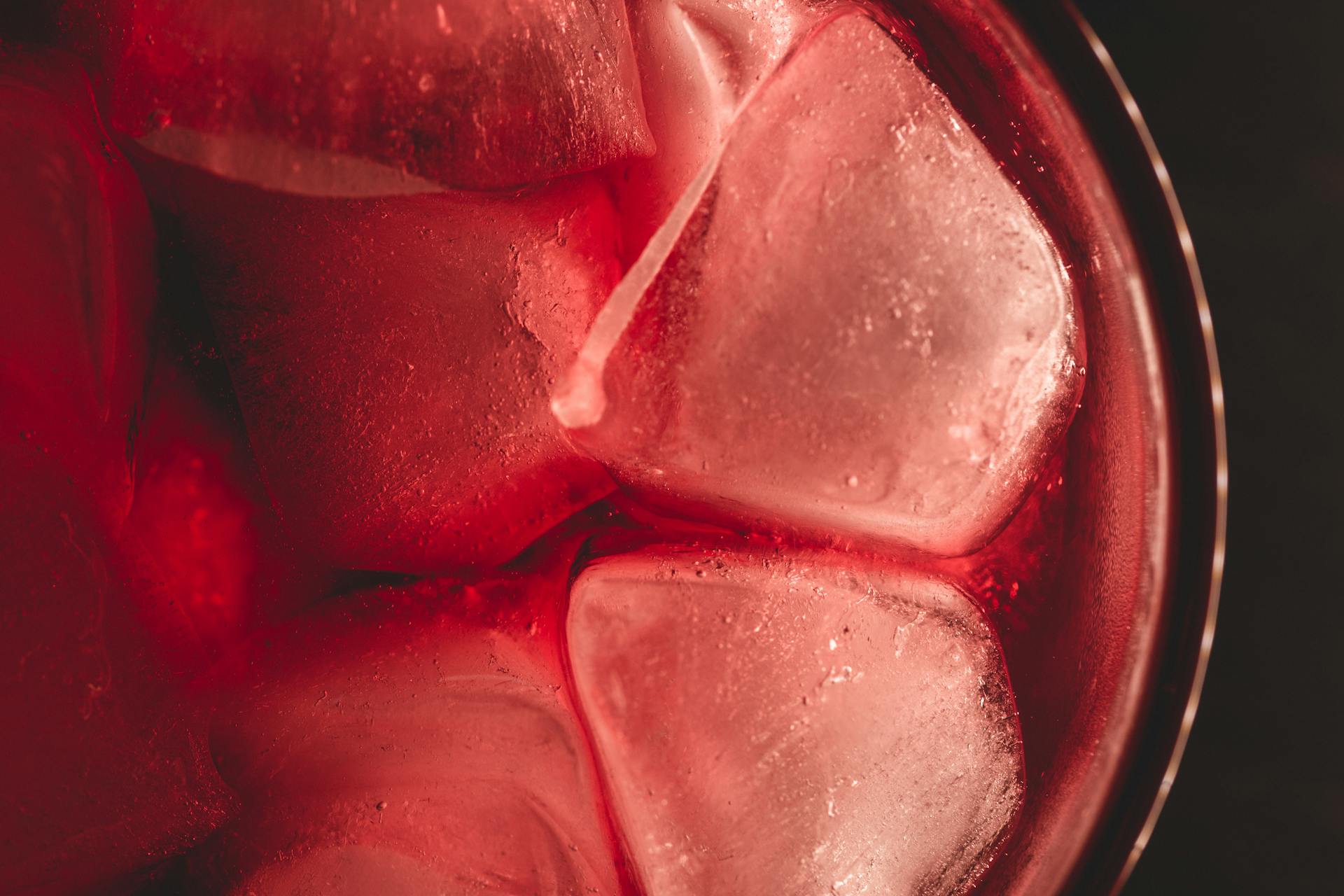
Cherry-Flavored Drink Mixes
These powdered drink mixes rely on Red 40 for their vibrant red hue. The ban on this dye could lead to reformulation challenges. If natural alternatives don't replicate the desired color and taste, these mixes might be discontinued. Stanislav Kondratiev / Pexels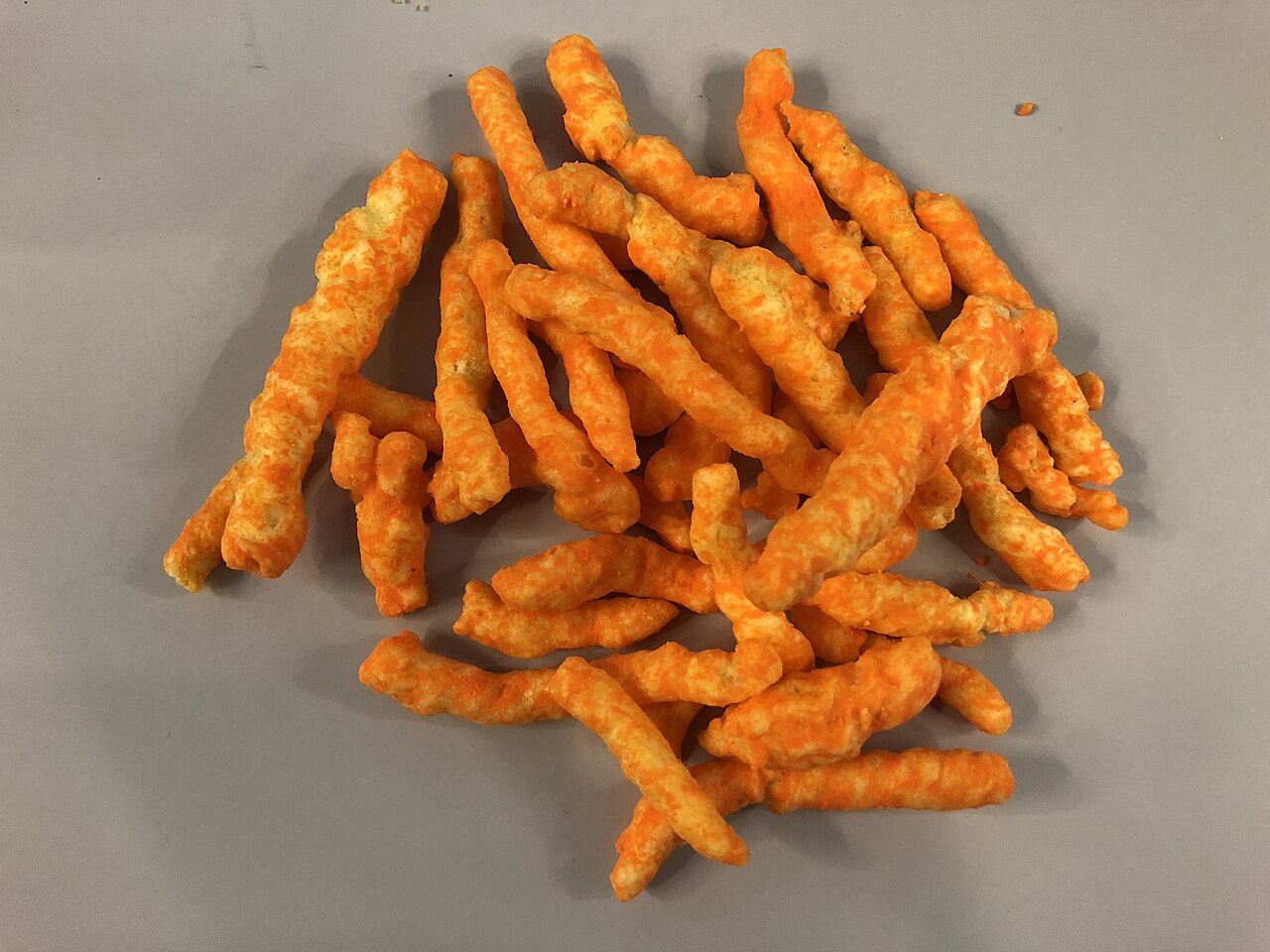
Spicy Cheese-Flavored Snacks
These snacks achieve their intense red-orange color through Red 40 and Yellow 6. The ban on these dyes may necessitate natural alternatives, which could alter the product's color and flavor profile. If consumers don't accept the changes, these snacks might be pulled from shelves. Famartin / Wikimedia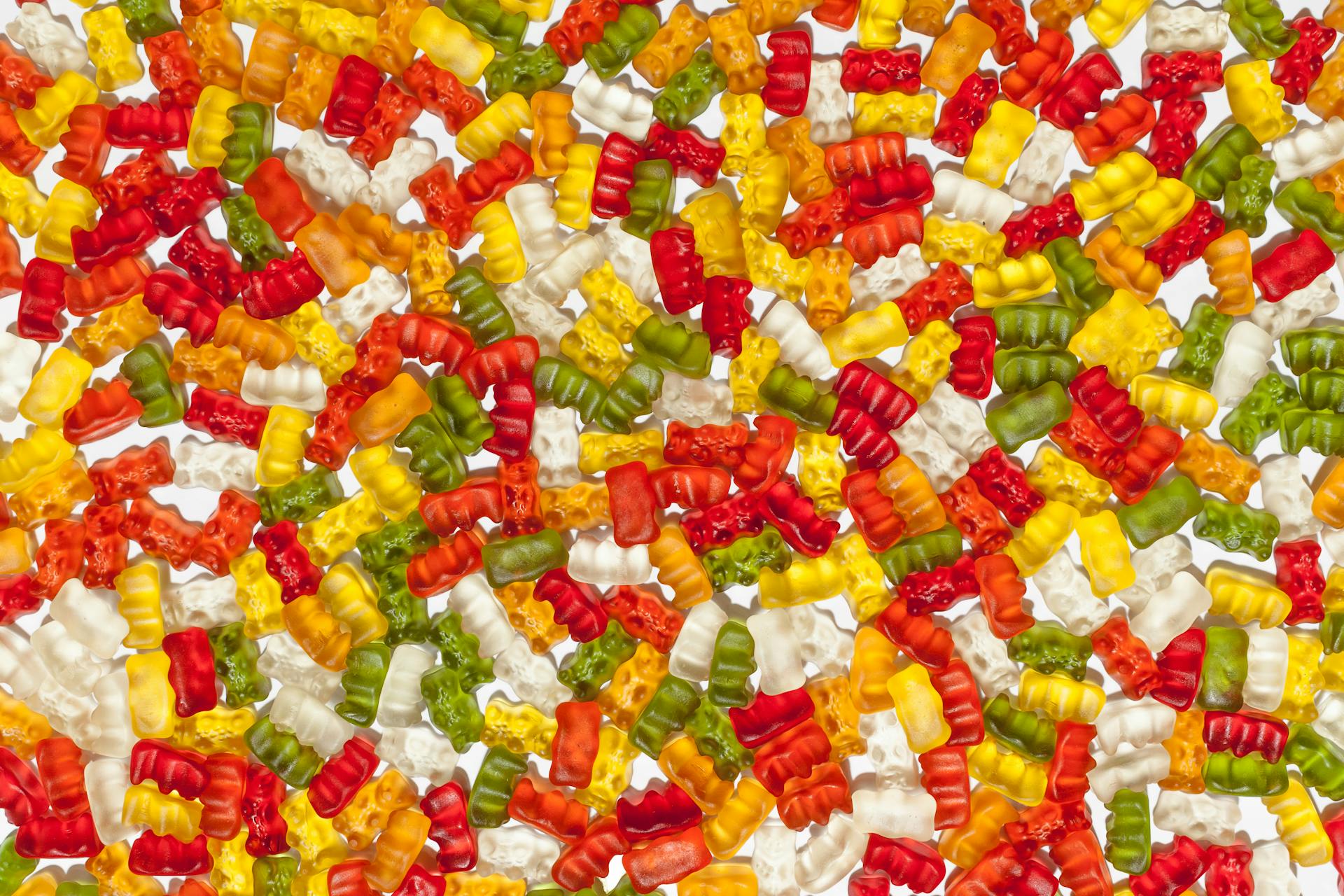
Gummy Bears
These chewy candies are known for their bright colors and intense flavors, often achieved through synthetic dyes such as Red 40 and Yellow 6. With upcoming bans, manufacturers may need to explore natural colorants. If natural alternatives don't meet consumer expectations, these candies could vanish from store shelves. Dan Cristian Pădureț / Pexels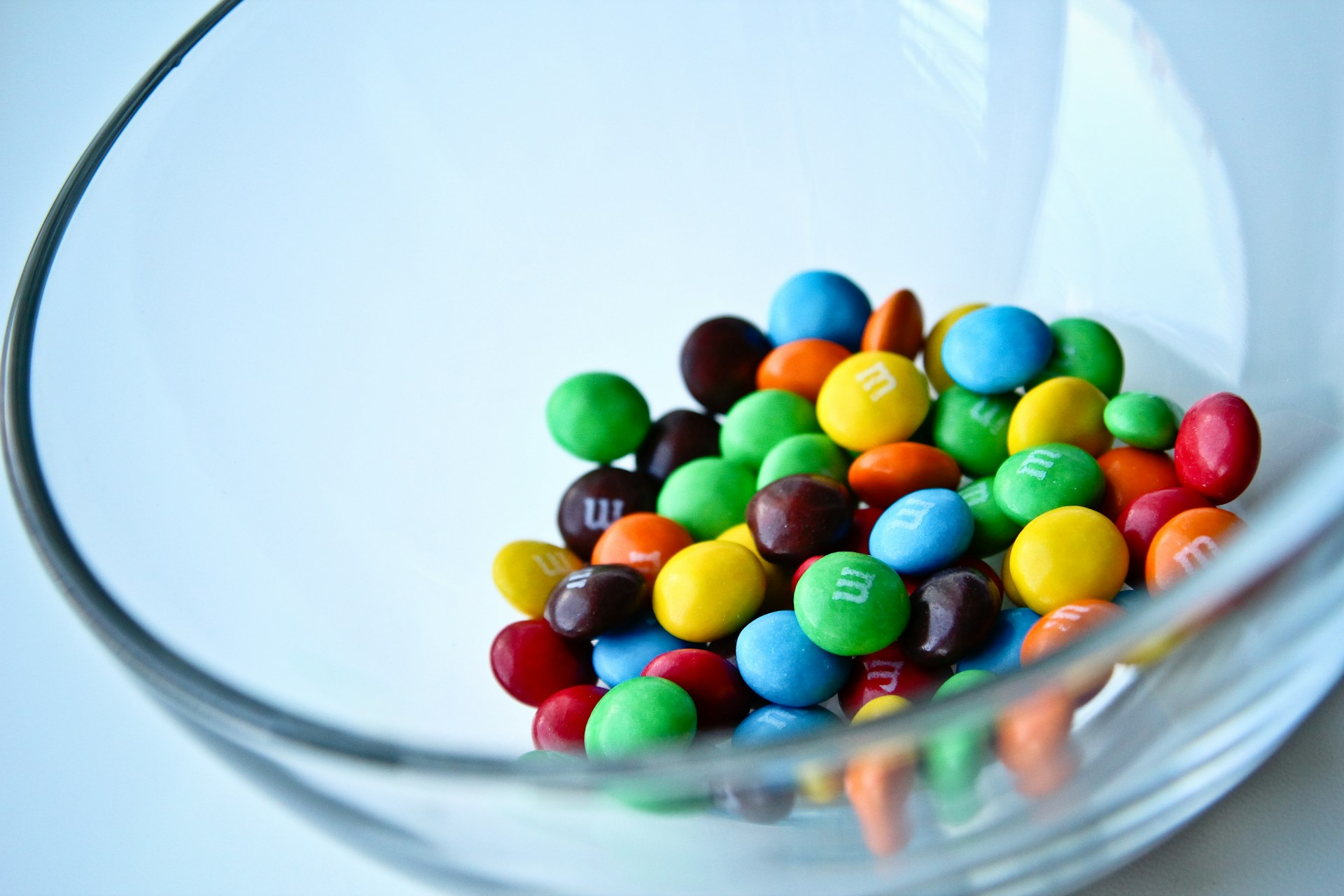
Colorful Hard-Shelled Candies
These vibrant candies are known for their colorful shells, achieved using synthetic dyes like Red 40, Yellow 5, Yellow 6, and Blue 1. These dyes contribute to the candies' visual appeal and brand identity. With the impending ban, manufacturers may need to reformulate these candies, and if unsuccessful, they could disappear from store shelves. Oksana Zub / Unsplash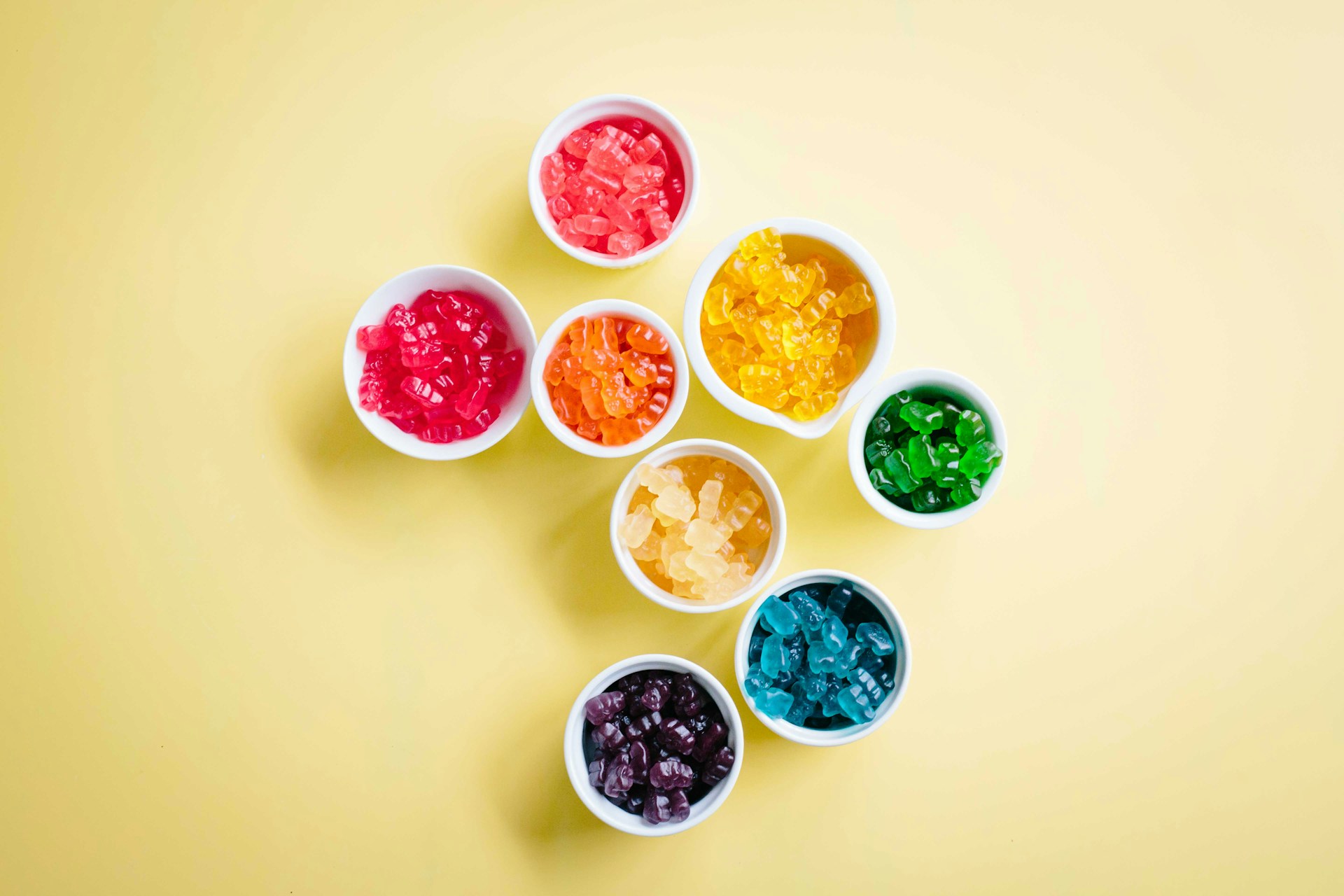
Rainbow-Colored Fruit Candies
These fruit-flavored candies often derive their bright colors from dyes such as Red 40, Yellow 5, Yellow 6, and Blue 1. The ban on these dyes could lead to reformulation challenges. If suitable natural alternatives aren't found, these candies might vanish from the market. Brooke Lark / Unsplash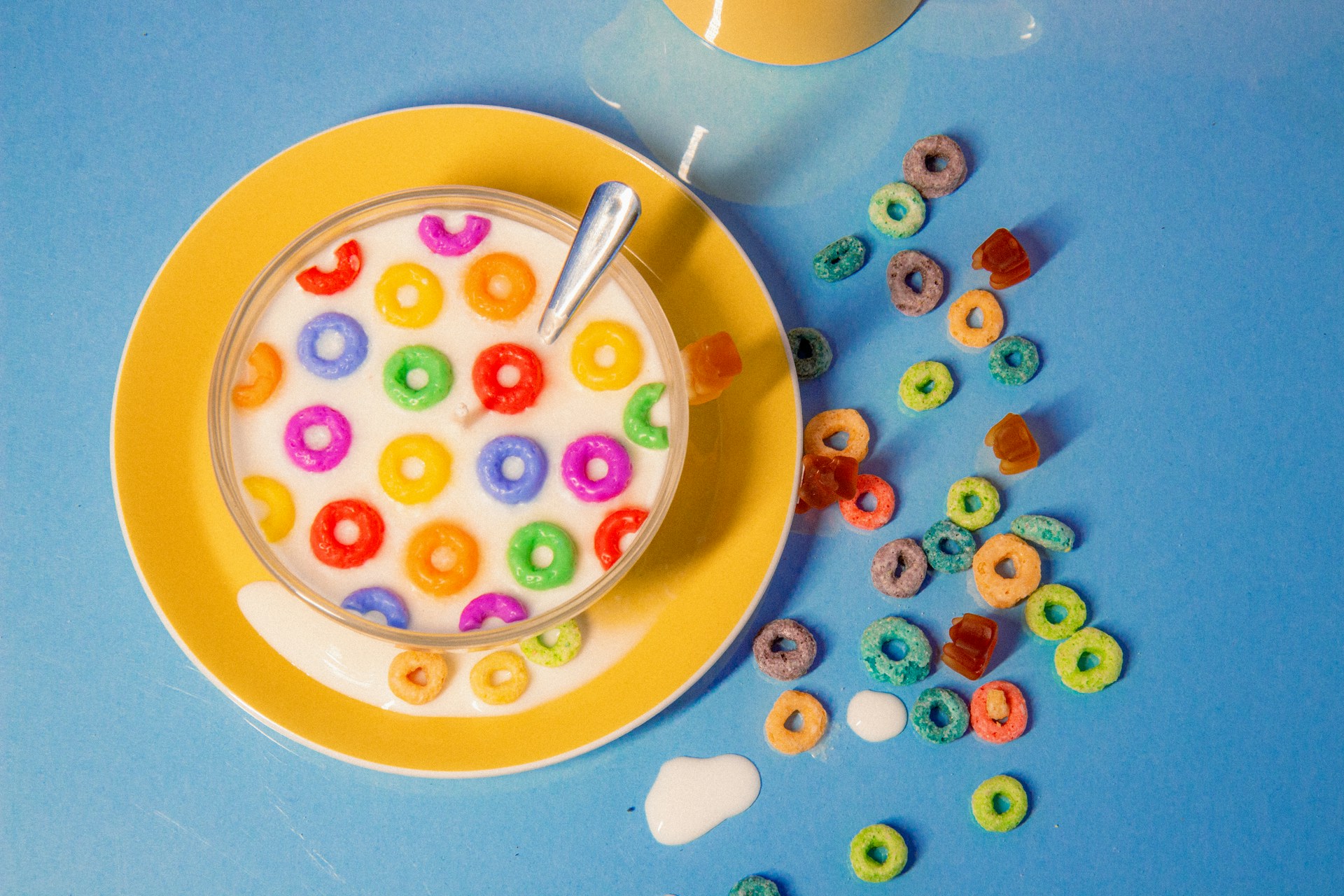
Fruity Cereals
These cereals are known for their multicolored pieces, achieved through artificial dyes like Red 40, Yellow 5, Yellow 6, and Blue 1. The ban may force manufacturers to seek natural alternatives, potentially altering the cereal's appearance and taste. If reformulation isn't successful, these cereals could be pulled from shelves. Jessica Neves / Unsplash
Maraschino Cherries
These cherries derive their bright red color from synthetic dyes like Red 40. With Red 40 under scrutiny, producers may need to find natural colorants that can withstand the preservation process. If suitable alternatives aren't found, these cherries could disappear from the market. Kuiyibo Campos / Pexels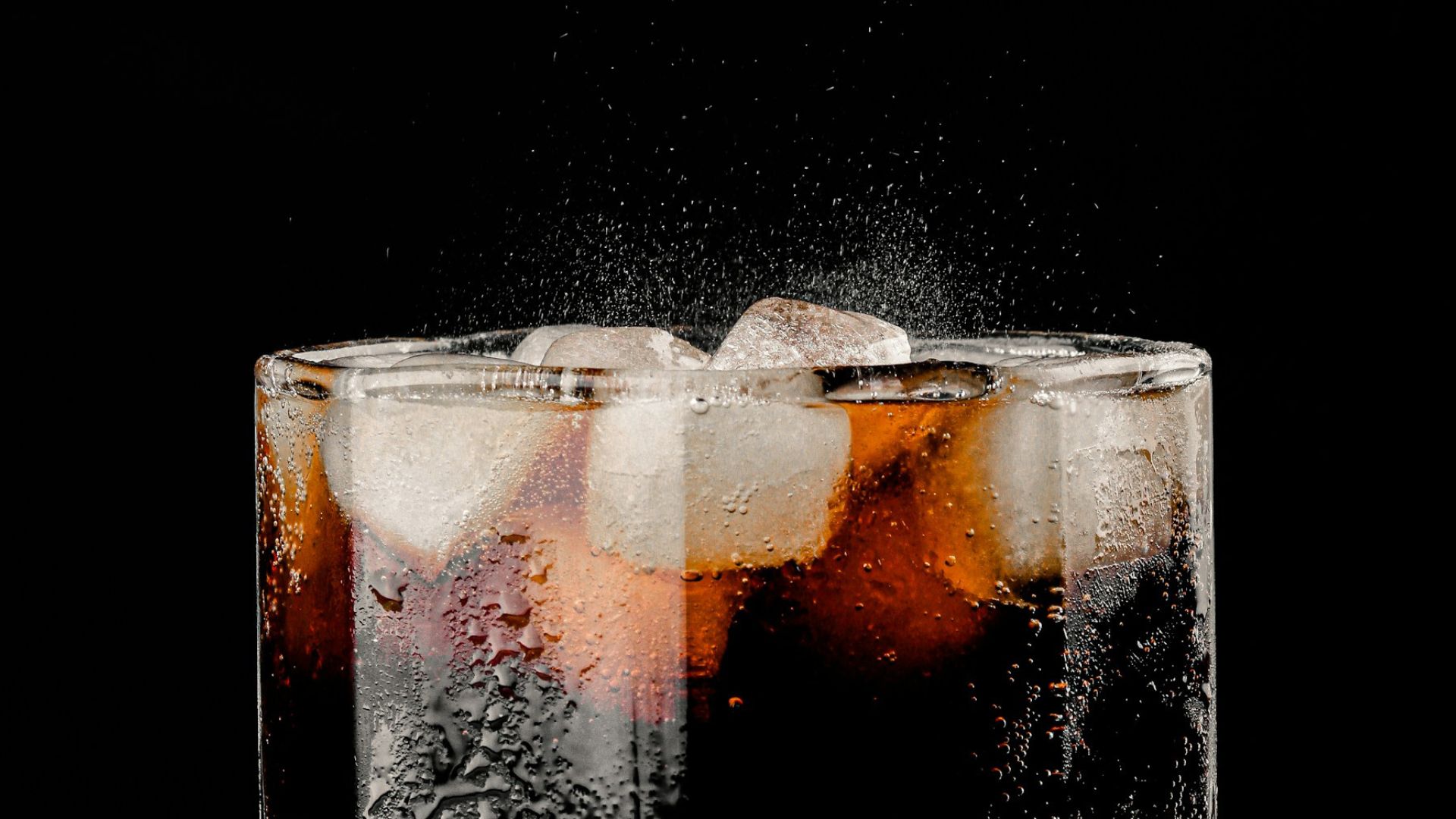
Cherry-Flavored Colas
These colas often achieve their reddish tint through Red 40. As regulations target this dye, manufacturers may need to reformulate their products. If reformulation alters the product unfavorably, these colas might be discontinued. Qasim Malick / Unsplash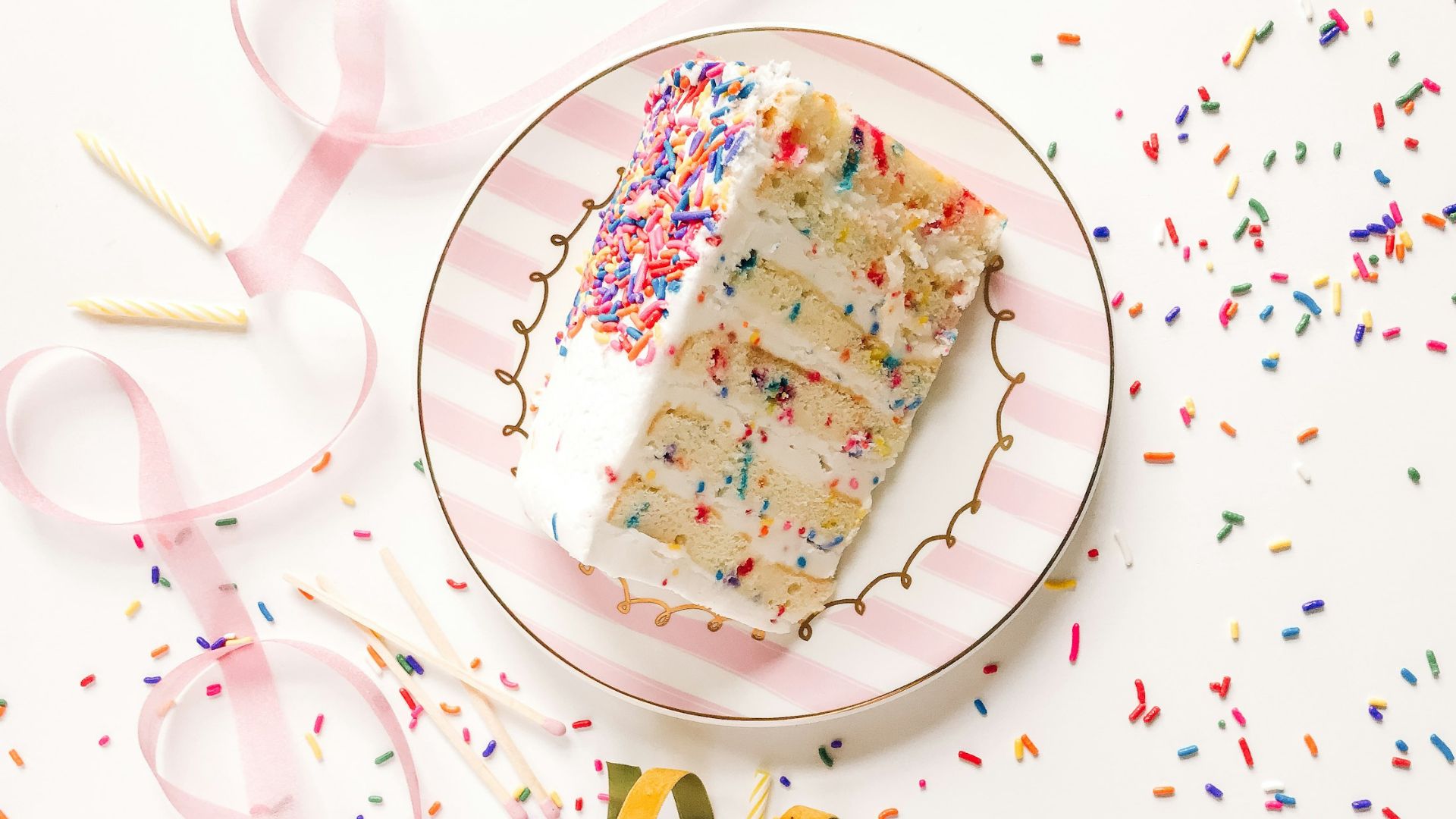
Confetti Cake Mixes
These cake mixes typically contain colorful sprinkles made using synthetic dyes like Red 40, Yellow 5, Yellow 6, and Blue 1. The impending dye bans may require natural alternatives, potentially influencing the visual appeal and baking performance. If natural alternatives fail to meet consumer expectations, these mixes could be removed from shelves. coco tafoya / Unsplash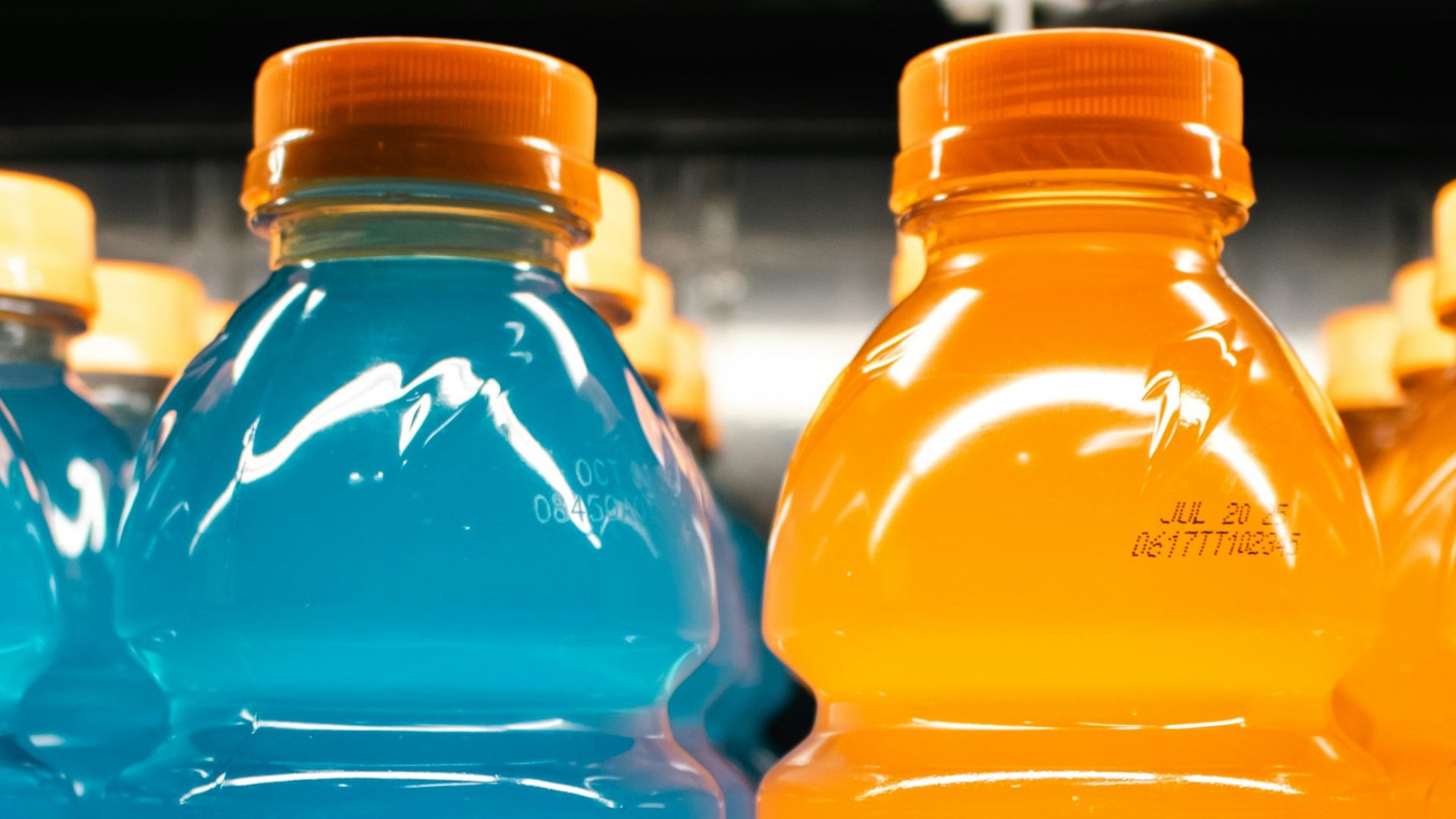
Blueberry-Flavored Sports Drinks
These sports drinks often use Blue 1 to attain their bright blue color. As Blue 1 is targeted for phase-out, companies may need to explore natural alternatives like spirulina extract. If natural alternatives fail to replicate the desired hue, these drinks might be pulled from the market. Zoshua Colah / Unsplash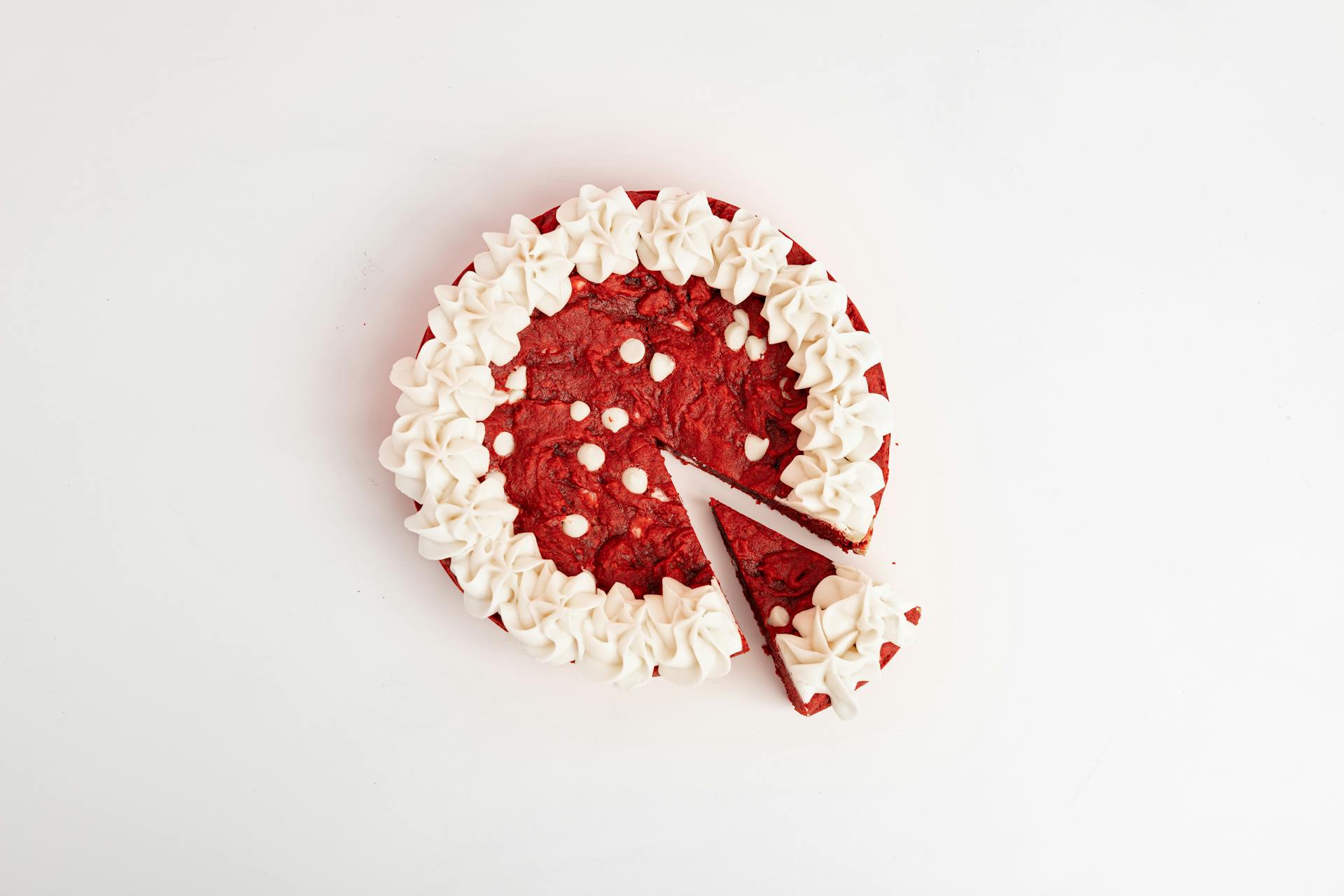
Red Velvet Snack Cakes
These snack cakes usually achieve their deep red color through Red 40. With Red 40 facing potential bans, manufacturers may need to identify natural colorants like beet juice. If reformulation doesn't meet consumer expectations, these snack cakes could disappear from shelves. Marcia Salido / Pexels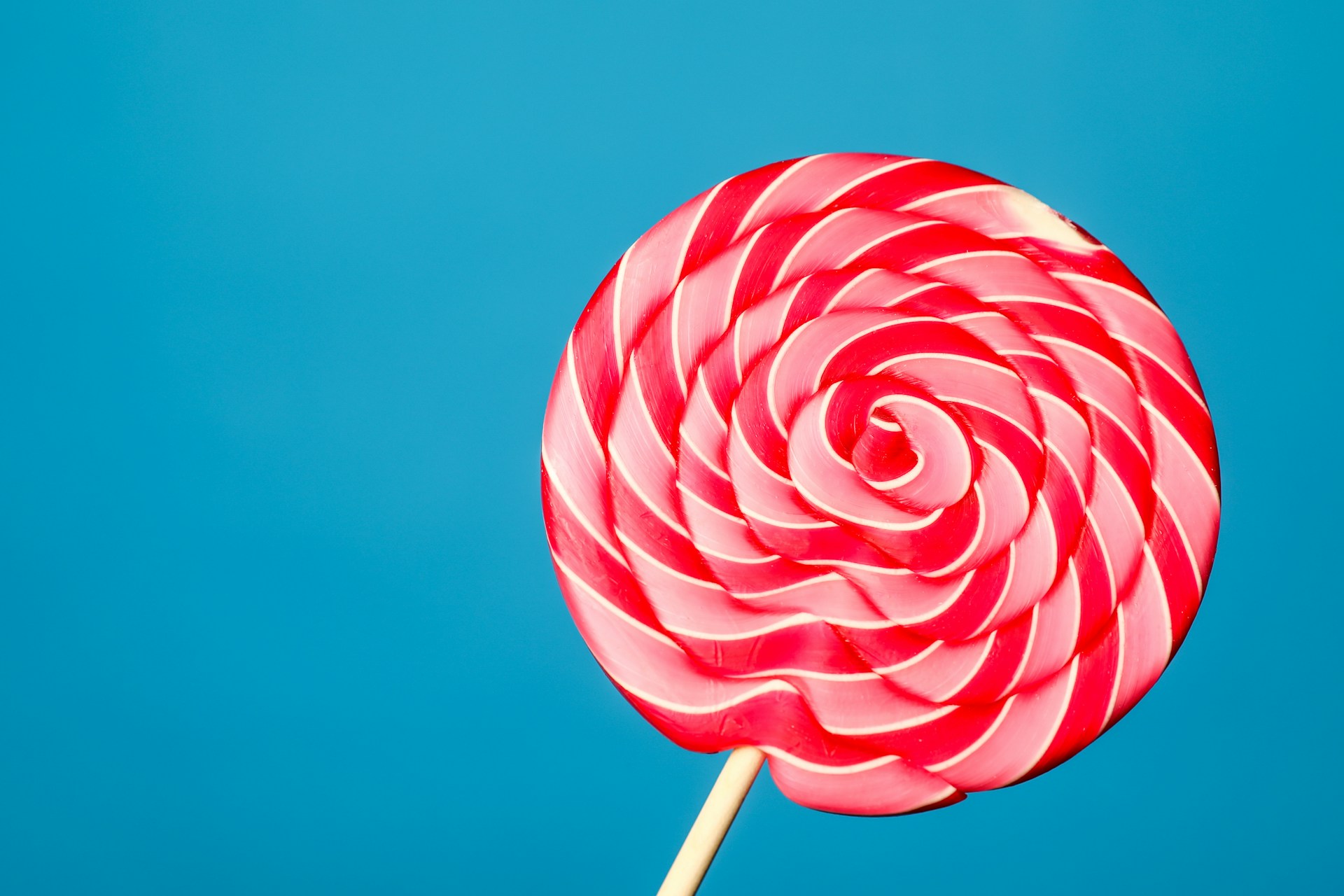
Colorful Lollipops
These lollipops often use synthetic dyes like Red 40, Yellow 5, and Blue 1 to achieve their vibrant colors. The ban on these dyes may necessitate reformulation with natural colorants. If the new versions don't appeal to consumers, these lollipops could disappear from the market. Daria Gordova / Unsplash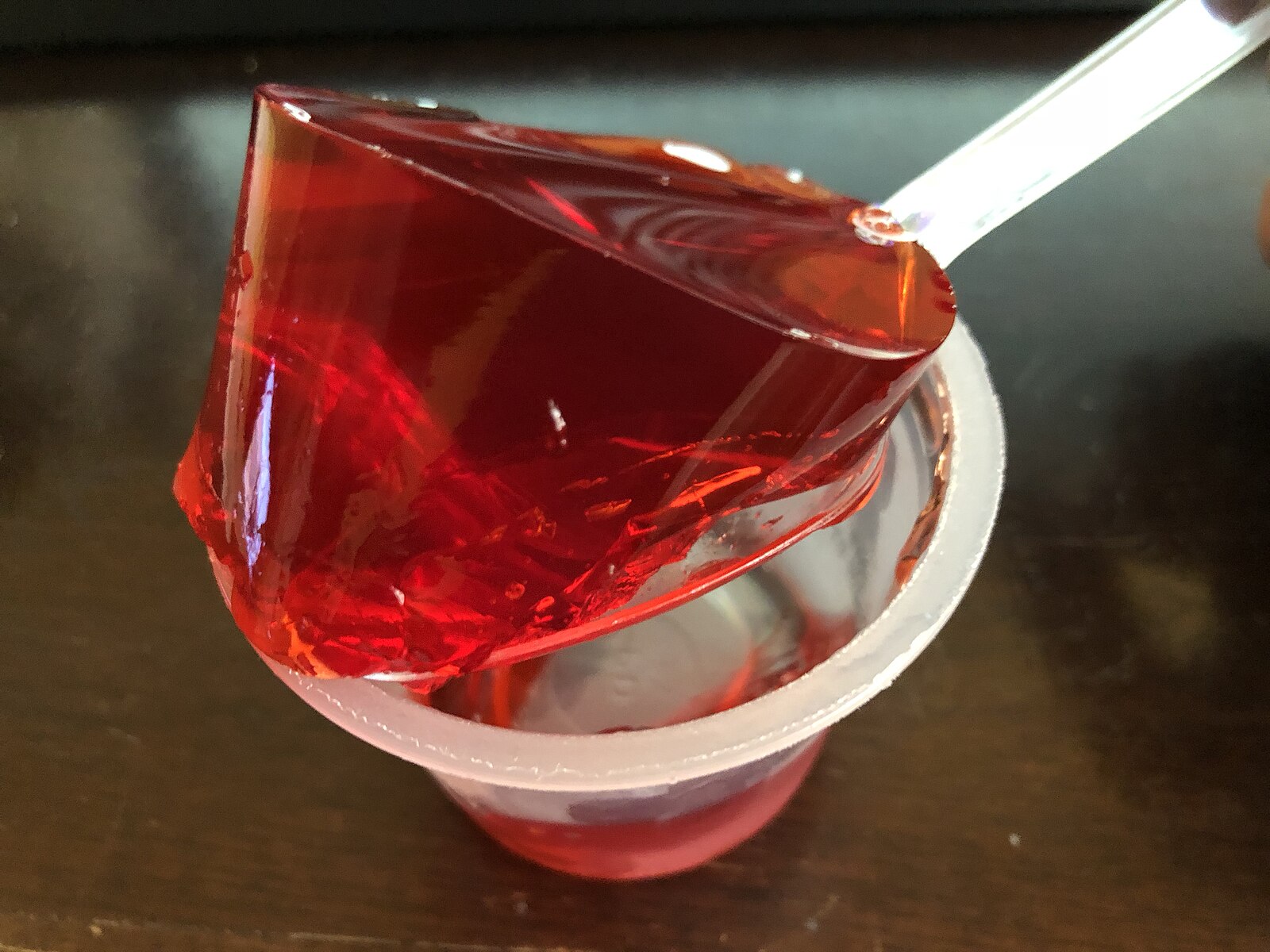
Fruit-Flavored Gelatin Desserts
These gelatin desserts rely on synthetic dyes like Red 40 and Yellow 5 for their bright colors. With these dyes facing bans, manufacturers may need to find natural alternatives. If the reformulated products don't meet consumer expectations, they might be pulled from shelves. Famartin / Wikimedia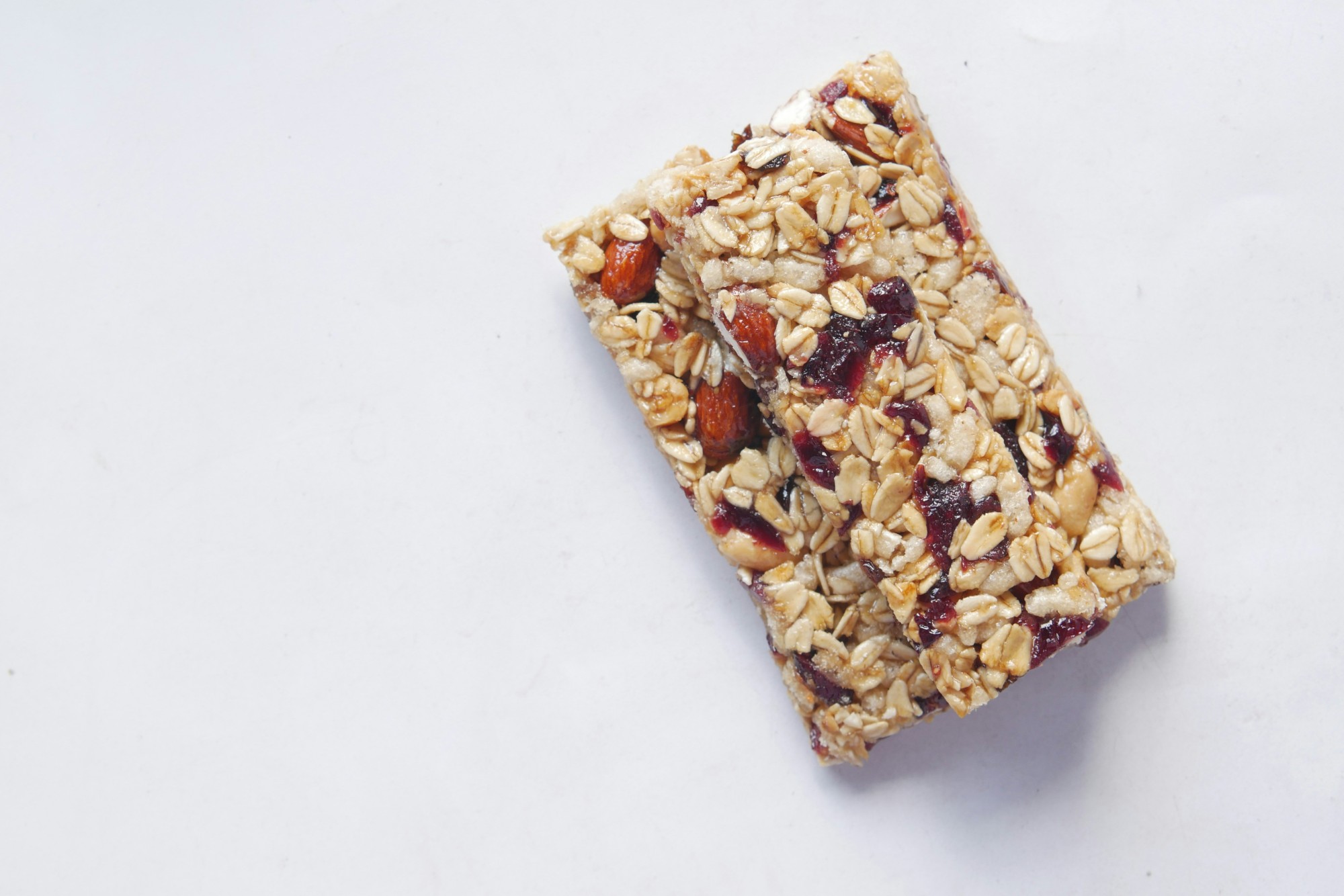
Fruit-Flavored Snack Bars
These snack bars often use synthetic dyes like Red 40 and Yellow 6 to enhance their appearance. With these dyes facing bans, manufacturers may need to find natural colorants. If reformulated products don't meet consumer expectations, these snack bars might be discontinued. Towfiqu barbhuiya / Unsplash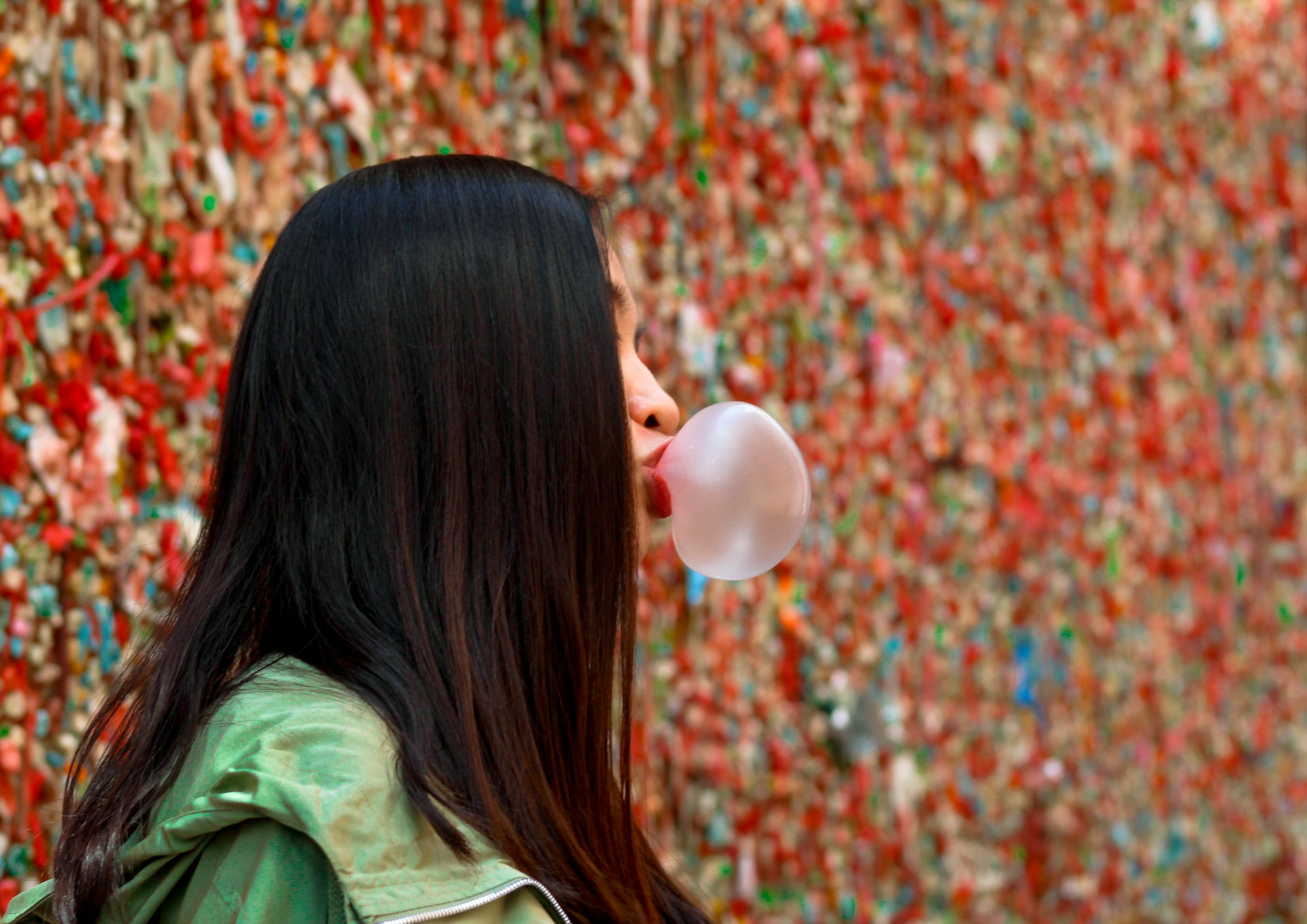
Fruit-Flavored Chewing Gums
These chewing gums often contain synthetic dyes like Red 40 and Yellow 5 to enhance their appearance. With these dyes under scrutiny, producers may need to reformulate using natural colorants. If consumers reject the changes, these gums might be pulled from the market. Charles Wright / Unsplash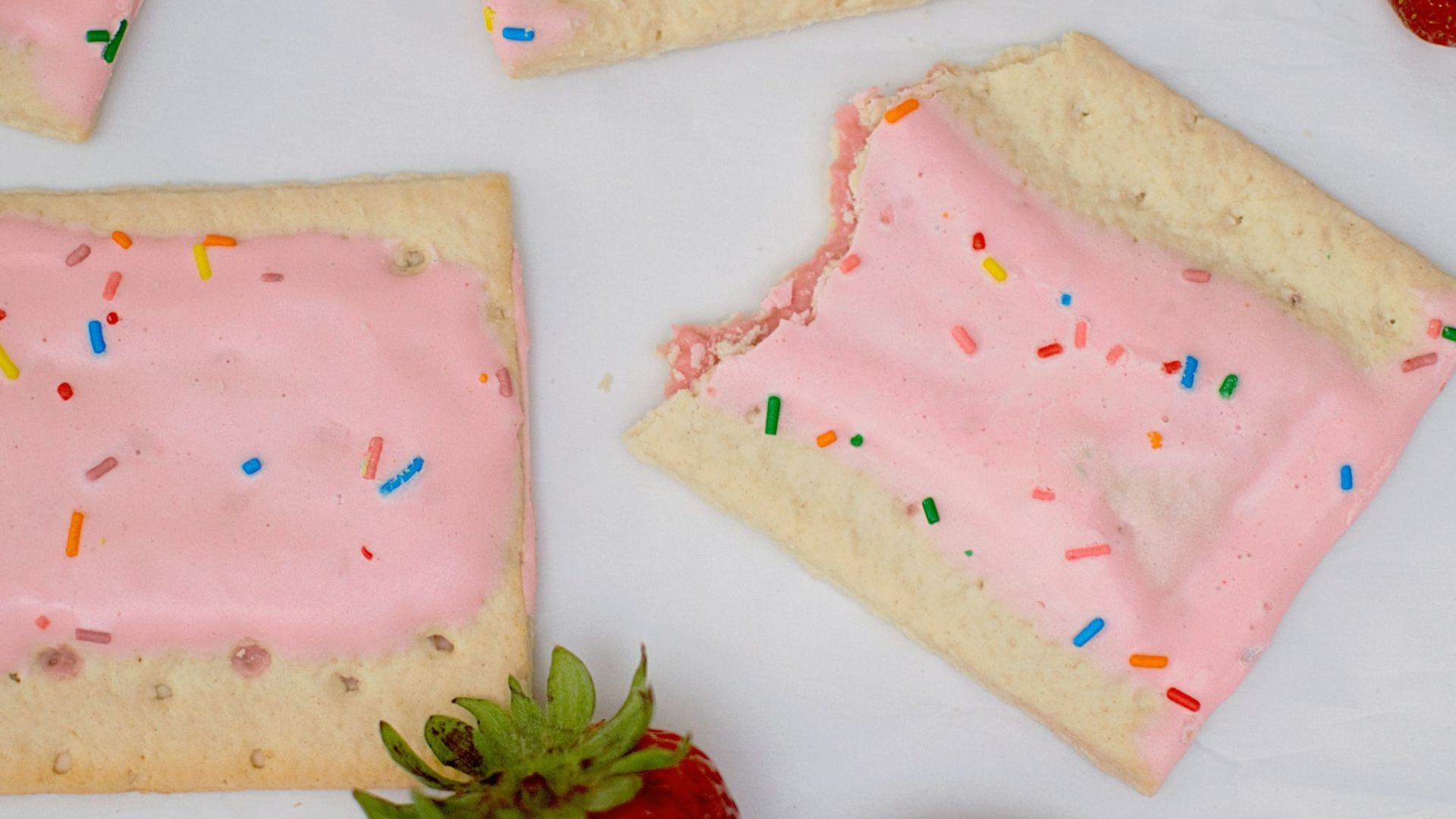
Colorful Breakfast Pastries
These pastries use synthetic dyes like Red 40, Yellow 5, and Blue 1 to achieve their vibrant colors. The ban on these dyes may necessitate reformulation with natural alternatives. If the new versions don't appeal to consumers, these pastries could be discontinued. Isabella Fischer / Unsplash
What the Dye Ban Means for the Future of Your Favorite Snacks
As the 2026 deadline approaches for the synthetic dye phase-out proposed under Kennedy’s plan, food manufacturers face a critical crossroads: reformulate with natural alternatives or risk pulling popular products from shelves. While some companies may succeed in replicating the look and taste consumers expect, others may struggle with the transition.Whether this policy shift leads to innovation or forces discontinuation, one thing is clear: your snack aisle could look very different in the near future. Jack Gruber / USA TODAY NETWORK via Imagn Images